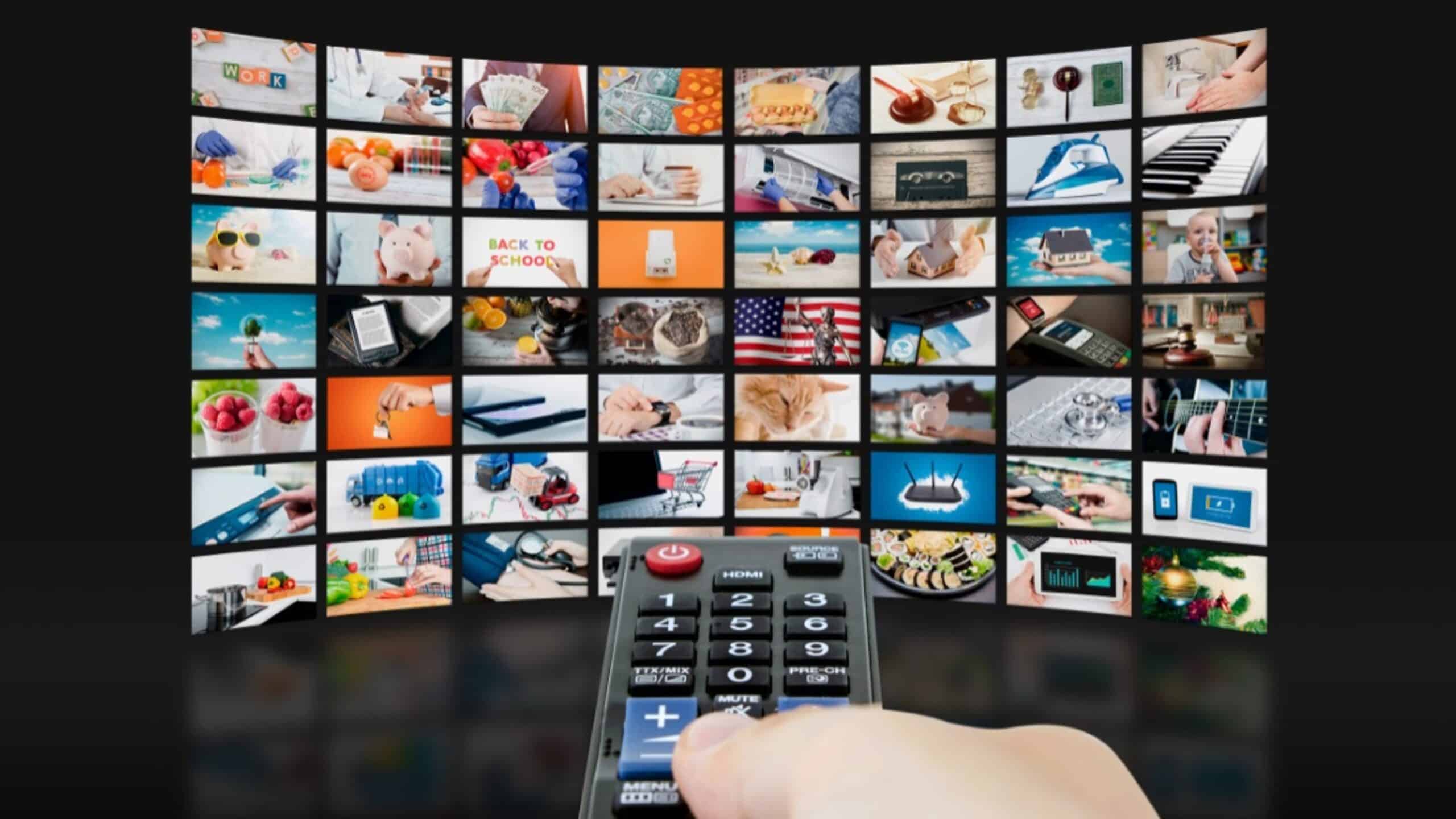The Power of Frequency and its Crucial Role in Direct Response Television Advertising
In the ever-evolving landscape of direct response television, or DRTV advertising, the debate between the importance of frequency and reach continues to be a pivotal consideration for marketers. As businesses aim to maximize their advertising spend, understanding the nuances of these two metrics can be the difference between a successful campaign and a missed opportunity.
-
Understanding Frequency and Reach
To start, let us define the terms:
- Frequency refers to the number of times a viewer is exposed to an advertisement within a specific period. In simpler terms, it is how often your target audience sees your ad.
- Reach, on the other hand, denotes the total number of unique individuals who see your ad at least once during a campaign.
Both metrics have a role in DRTV advertising, but their importance can vary depending on the campaign’s objectives.
-
The Role of Reach in DRTV advertising
Reach is fundamental for building brand awareness and generating initial interest. In the realm of DRTV advertising, where the goal often includes driving immediate consumer response, high reach ensures that a broad audience is aware of your product or service. It is particularly important when launching a new product or entering a new market where awareness needs to develop from the ground up.
For instance, if you are introducing a revolutionary kitchen gadget, achieving high reach with your DRTV campaign can help you get the word out to as many people as possible. This broad exposure can generate a large volume of initial responses and create a base of potential customers.
-
The Power of Frequency in DRTV advertising
While reach is about spreading your message wide, frequency is about reinforcing it. In Direct Response TV advertising, where the objective is often to prompt an immediate action—whether it is making a purchase, calling a toll-free number, or visiting a website—frequency plays a crucial role in achieving this.
Repeated exposure to an ad helps in many ways:
- Reinforcement of Message: Frequent viewings increase the likelihood that your message will resonate with the viewer. This repetition helps in cementing the product or offer in the viewer’s mind.
- Building Trust: Consistent exposure fosters familiarity and trust. When viewers see your ad multiple times, they become more comfortable with the product or brand, which can reduce hesitation and spur action.
- Improving Recall: With higher frequency, viewers are more likely to remember the ad and the call-to-action, which is crucial for a DRTV advertising campaign that relies on immediate responses.
-
Balancing Frequency and Reach
While I purport that frequency is more important than reach, achieving the right balance between two metrics is key. For a successful DRTV campaign, you need to ensure that your ad reaches a substantial number of people, but you also need to maintain enough frequency to ensure that your message sticks.
Consider the following strategies to achieve this balance:
- Segmented Campaigns: Use data and insights to segment your audience and tailor your frequency strategy. For instance, you might increase frequency among segments that show higher engagement while maintaining broader reach with less frequent spots.
- Optimized Scheduling: Analyze the best times and channels for your target demographic to maximize both reach and frequency. This might involve running ads during peak viewing times, overnight hours or across multiple channels.
- Monitor and Adjust: Continuously track the performance of your campaign. If you find that reach is high, but response rates are low, you might need to increase frequency. Conversely, if frequency is high but reach is low, expanding your reach might be necessary.
- Evaluate New TV Stations: Different TV stations attract different audiences. By testing new stations, advertisers can identify which ones align best with their target demographics. This helps ensure that ads are reaching the most relevant viewers who are more likely to respond positively. Testing also allows advertisers to evaluate the cost-effectiveness of each station. This can help in allocating budgets more efficiently, maximizing return on investment (ROI), and balancing reach and frequency.
In conclusion, while reach introduces your brand to a broad audience, frequency ensures that your message resonates and compels action. By carefully considering these metrics and employing a well-thought-out approach, marketers can optimize their campaigns to drive maximum engagement and response. Ultimately, the goal is to create a powerful synergy between reach and frequency that not only captures attention but also converts viewers into customers, ensuring the long-term success of your DRTV efforts.





